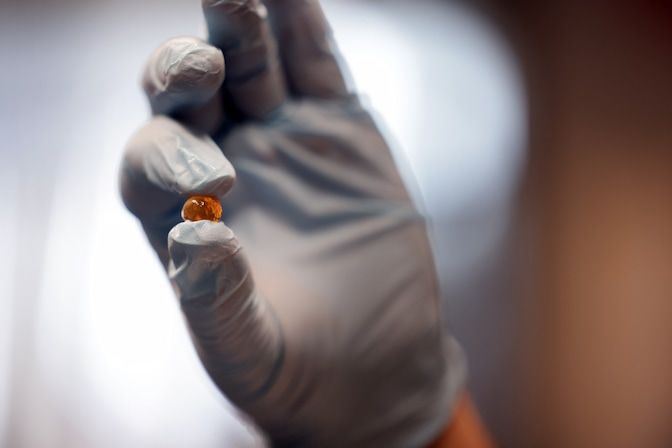Summary:
Researchers at the University of Michigan and the Max Planck Institute for Intelligent Systems in Stuttgart, Germany, have developed a groundbreaking metal-free magnetic gel that holds promise for transforming the field of soft robotics and drug delivery methods.
This innovative gel is the first to combine carbon-based, magnetic molecules chemically bonded to a molecular gel network. This fusion creates a flexible and durable magnet tailored for soft robotics, allowing for unique contortions, delicate object handling, and exploration of challenging environments that conventional, more rigid robots cannot navigate.
The newly developed gel introduces the possibility of using magnets to propel and control these robots, freeing them from such constraints. The potential applications of this metal-free magnetic gel include drug delivery systems that can be guided to specific locations in the body, providing a more targeted and efficient approachv
Conventional metallic magnets pose challenges due to their potential toxicity and reduced flexibility, making them less suitable for medical applications. The metal-free gel offers a non-toxic alternative, and further modifications could make it biodegradable, making it viable for medical operations without the need for retrieval surgeries.
The gel, composed solely of carbon-based molecules, features TEMPO as a key ingredient. This molecule, with a free electron, aligns under a magnetic field, creating a magnetic attraction with other materials. Cross-linking molecules in the gel act as a frame, connecting TEMPO molecules to form a solid network structure and protecting them from forming non-magnetic bonds.
This design ensures that the gel retains its magnetic properties for over a year without leaking potentially harmful substances into the body. While the TEMPO magnets are weaker than metallic magnets, they are strong enough for practical use and can be imaged by MRI without distortion, offering new possibilities for medical applications.
Article written by Science Daily
16/01/2024
Source:
Science Daily
https://www.sciencedaily.com/releases/2024/01/240116131803.htm

